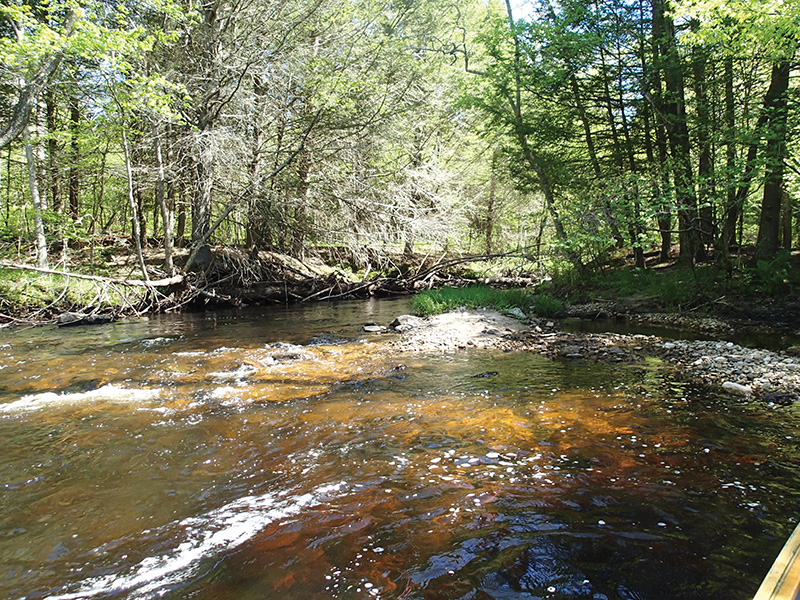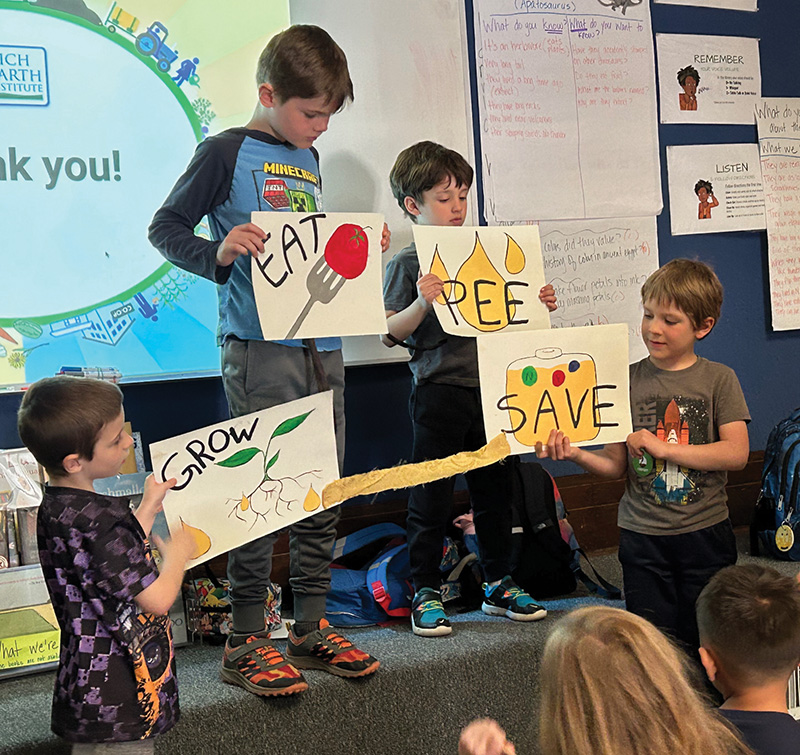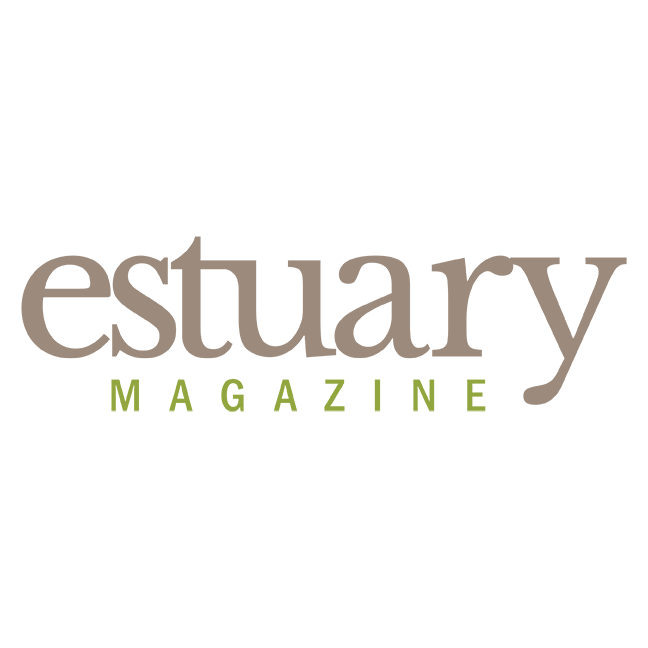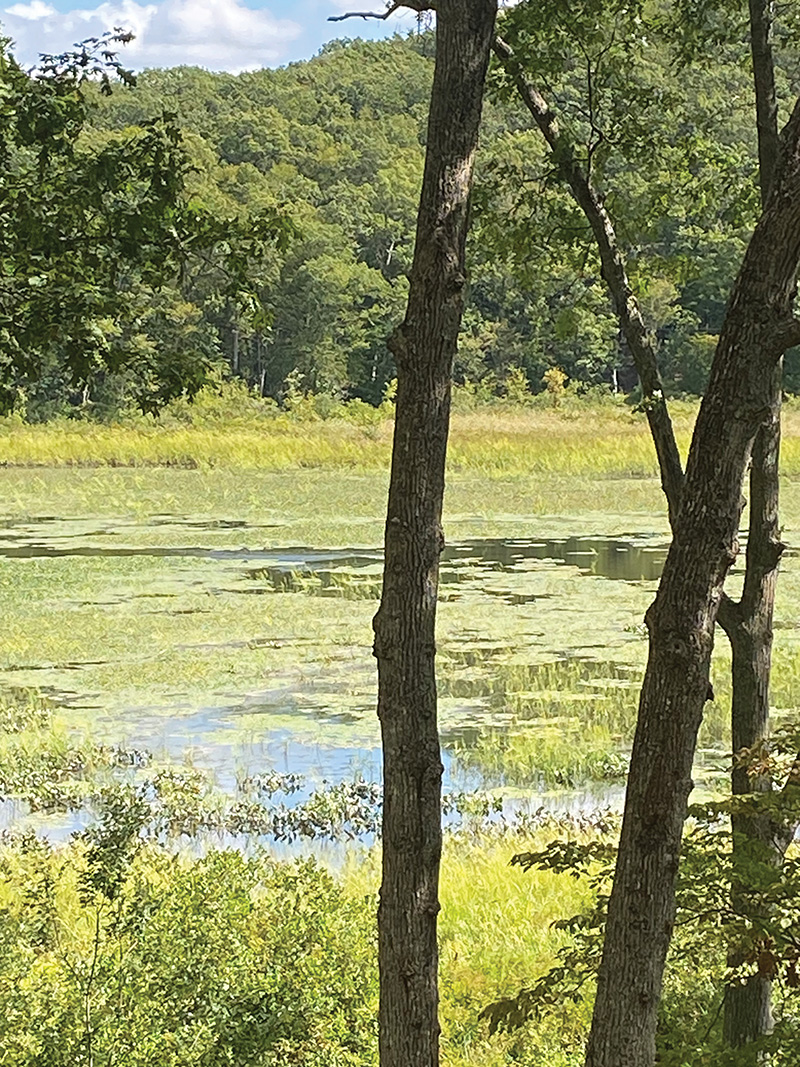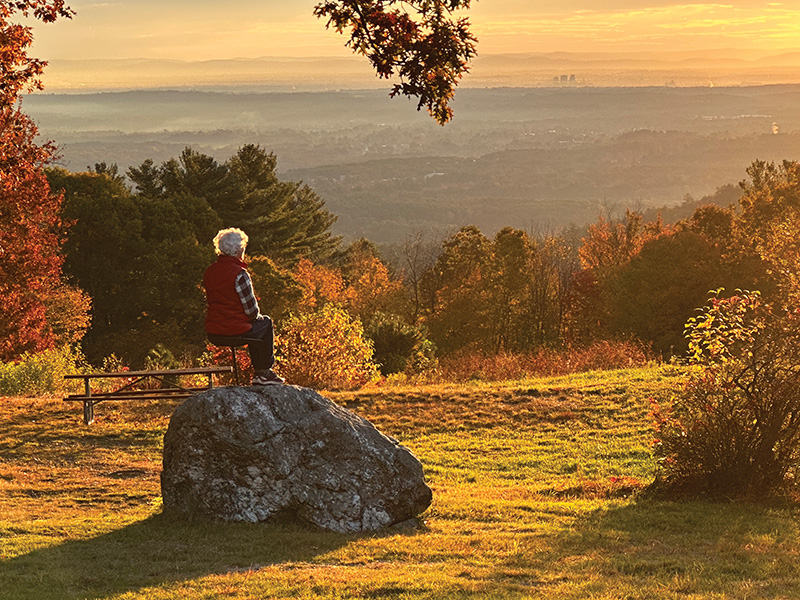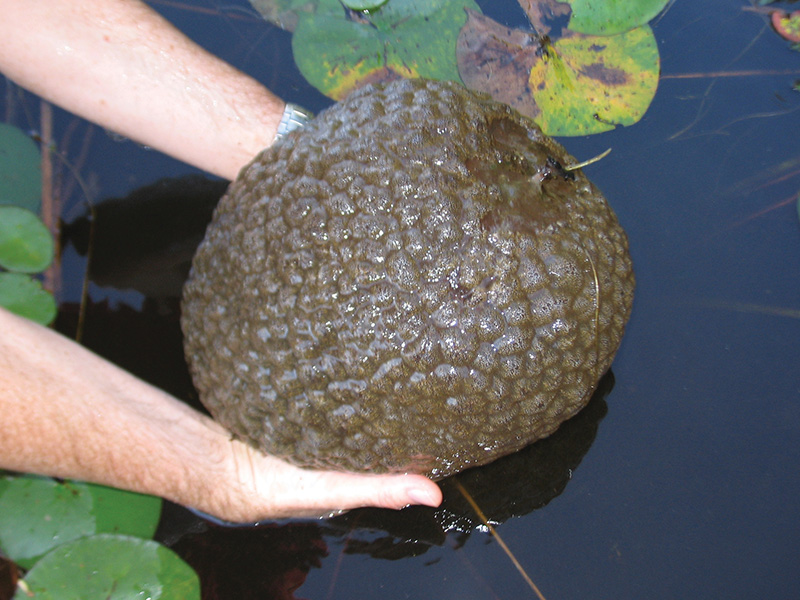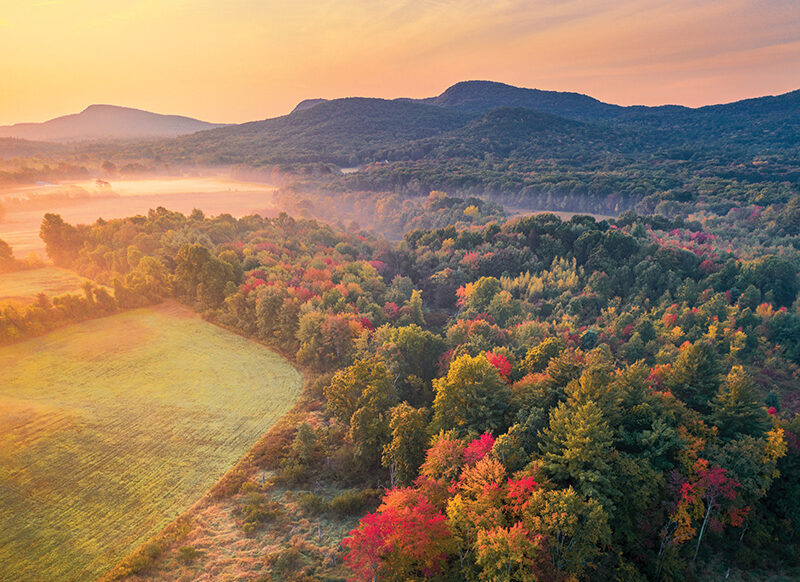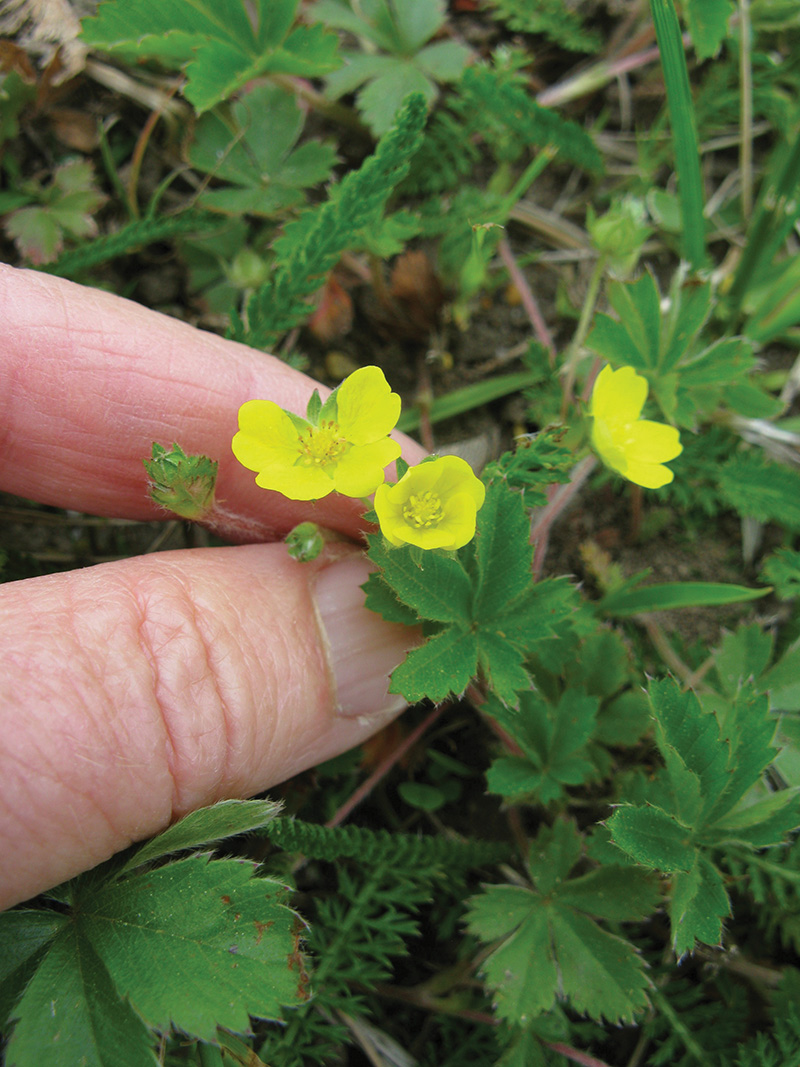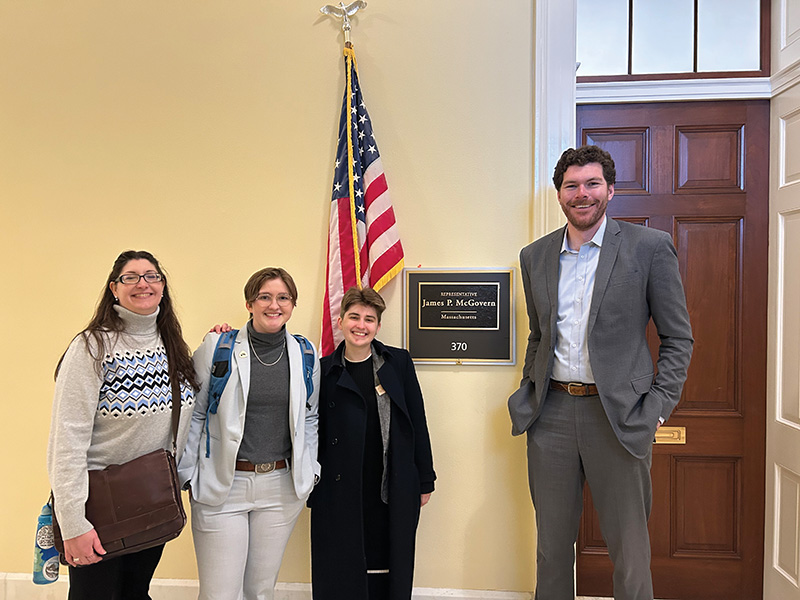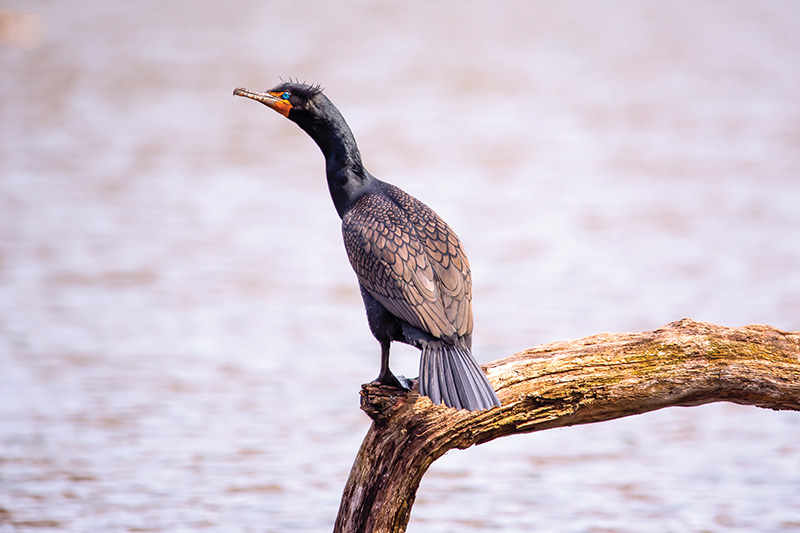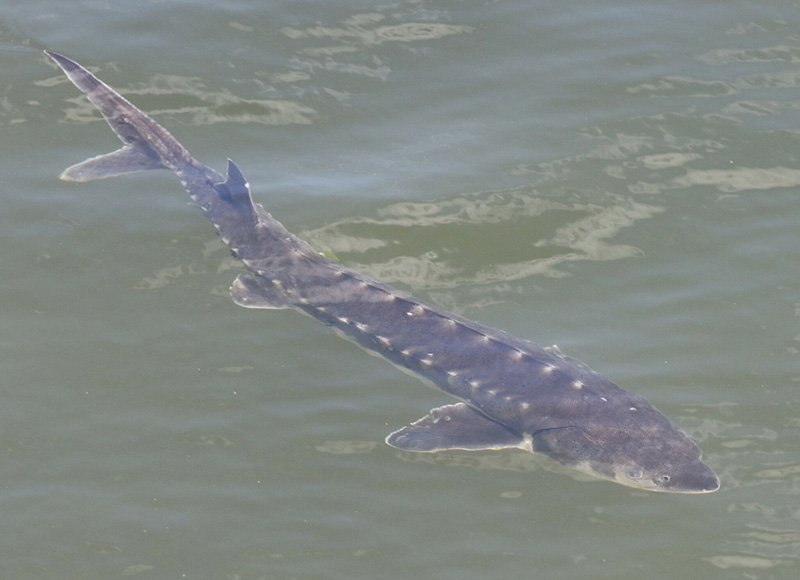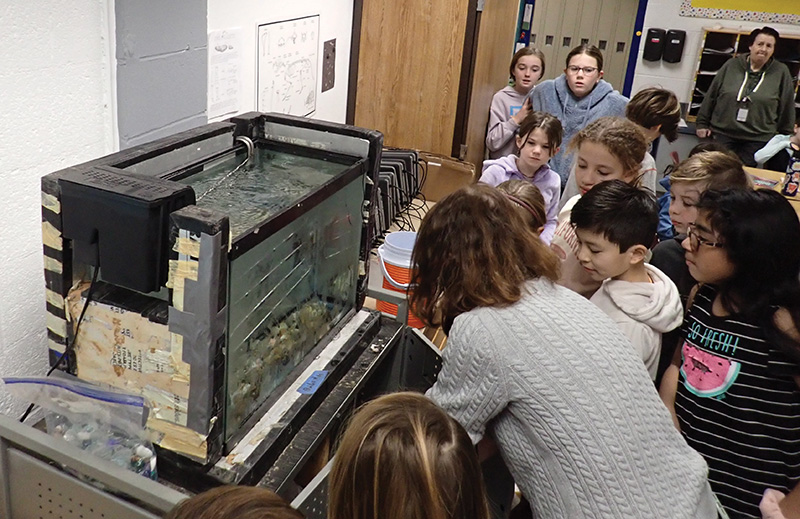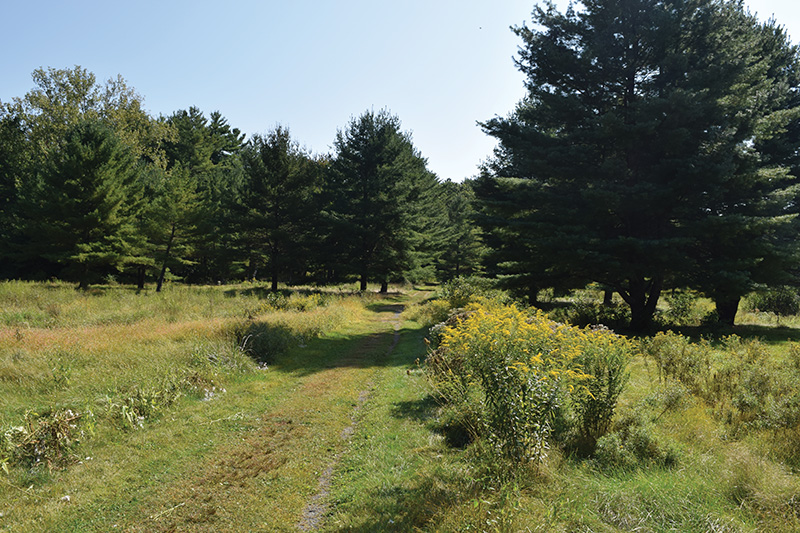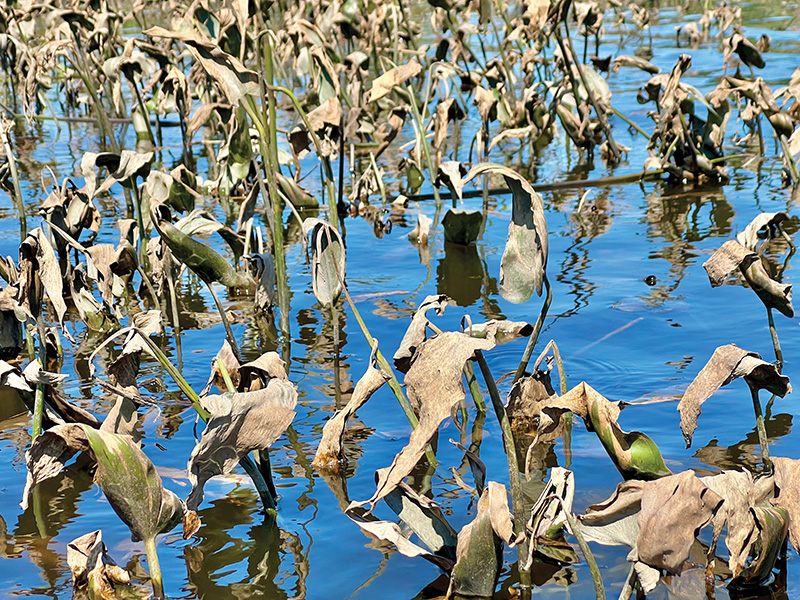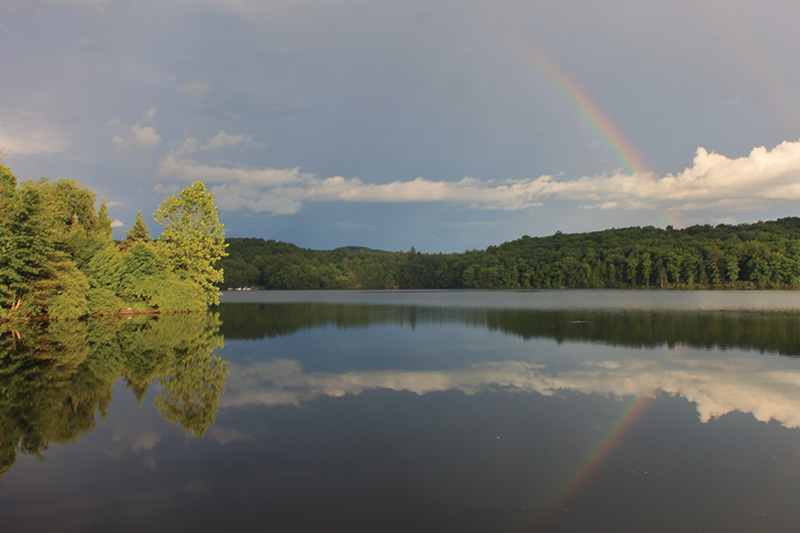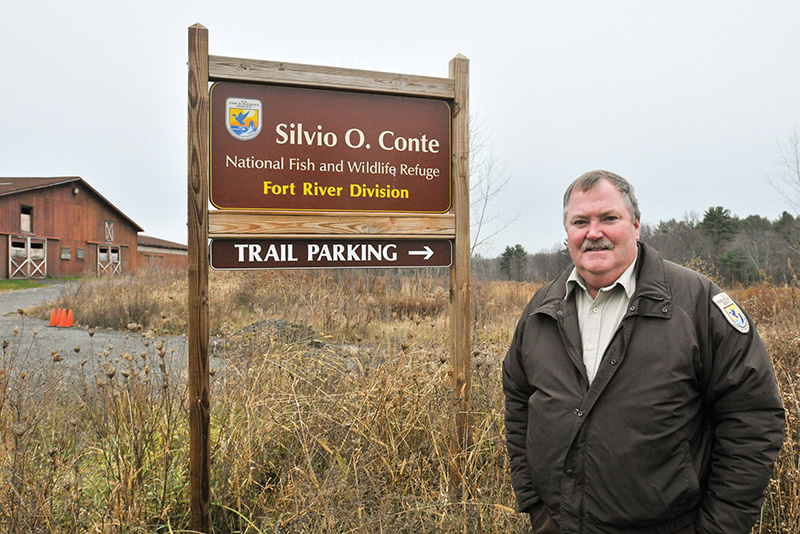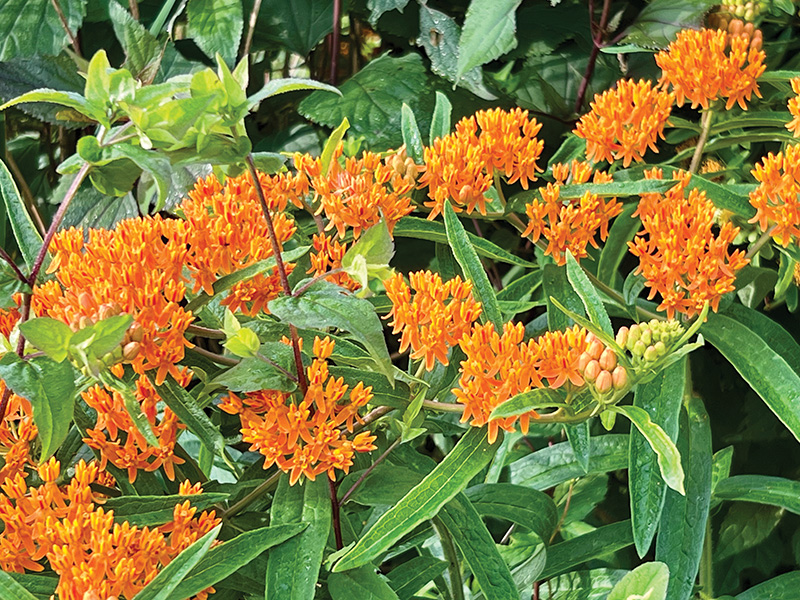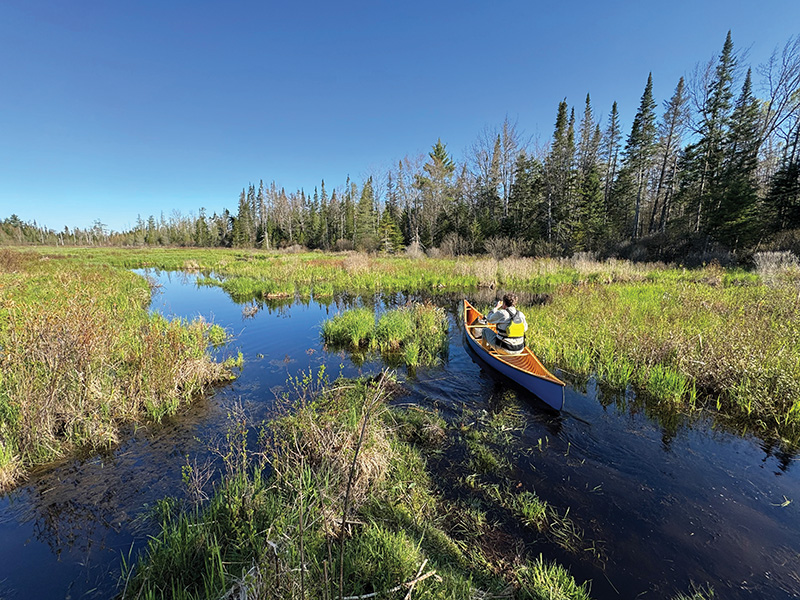The collection of fish in a particular stretch of river can be considered a “community.” The community includes a number of different fish species, all sharing the same habitat and therefore all having similar habitat preferences.
Gardening for Good: Waste Not, Want Not
Before you turn the page, give me a second. Yes, this is still “Gardening for Good,” and yes, the topic is urine—ours. But it’s also about how we can rethink the way things have always been done in favor of better alternatives for the long run.
Third Annual Early Career Achievement in Environmentalism Award
On behalf of Estuary magazine and its parent The Watershed Fund, we are pleased to announce the winners of the 2025 Early Career Achievement in Environmentalism Award.
The Scourge of Hydrilla
This is the second in a series of stories about hydrilla. For an introduction, see “Hydrilla: The Nine-Headed Serpent in our Estuary Waters,” by Judy Preston, Fall 2020, and at https://www.estuarymagazine.com/2020/11/hydrilla/.
Gardening for Good: It Turns Out, Gardening is Also Good for You
How much time does it take for people to get a dose of nature high enough to say they feel healthy and have a strong sense of well-being?
Below the Surface: Test Your Connecticut River IQ!
It’s time for some fun! How much do you know about the river and its non-human inhabitants?
Addressing the Biodiversity Crisis in the Connecticut River Valley
One of the reasons many people love living in the Connecticut River valley is the ability to observe wildlife in the landscape around them.
The Once and Future Connecticut River
Trump’s chainsaw massacre of federal agencies is
impeding fish and wildlife restoration nationwide.
Gardening for Good: A Local Cemetery Inspires Wild Ideas for Your Lawn
Looking for inspiration for an environmentally friendly lawn? I suggest you take a break and go for a walk in a local cemetery.
Conte Corner: Let Our Mission Be Our Guide
Major policy changes affecting the irreplaceable network of public lands, which the federal government is charged with protecting unimpaired for future generations, have been implemented by the second Trump administration.
The Cormorant Controversy
Anglers who fish Chatfield Hollow State Park in Killingworth, Connecticut, swear that cormorants have figured out when trout stocking is due. They may be on to something.
Below the Surface: An Ancient Fish, A Modern Mystery
Two species of sturgeon are found in the Connecticut River—the Atlantic and the shortnose. Both are anadromous, at least to a degree, and both are listed as endangered under the federal Endangered Species Act (ESA).
Below the Surface: Giving Tanks for Aquatic Education
We often lament that the carefree days of exploring outdoors with only a dinner bell to call you home are unfamiliar to today’s children. But early learning about the natural world is important.
Rewilding in the Watershed
Project partners from three different organizations wander across fields of goldenrod and burnweed under a perfect September sky. From a boardwalk just a few inches above the wetland soils we inspect alders and cattails, wool grass and smartweed.
Gardening for Good: Gardening for a Changing Climate
In summer 2021, my neighbor sent me a text with a picture of an unusual bird wading in the marsh below his deck. You had to take note, as there are just no big pink birds local to Connecticut. Indeed, that bird—a roseate spoonbill—is typically a resident of Florida and tropics further south. Likely sent off course from a storm that blew it up the coast, it is somehow appropriate to elicit that recollection in a conversation about how our climate is changing in New England.
Local Wastewater Operators Persevere to Improve Our Public Waterways
The adage “When it rains, it pours” is one that is becoming all too familiar and challenging for the future health of our local waterways.
Conte Corner: Fifty Years with Andrew French
I n November 2024, I sat down with Andrew French, Refuge Manager of the Silvio O. Conte National Fish and Wildlife Refuge and the Stewart B. McKinney National Wildlife Refuge and longtime employee of the US Fish and Wildlife Service (USFWS), to discuss his career and perspectives on the Connecticut River watershed.
Gardening for Good: How to Find and Grow Native Plants from Seed
Native plants are at home with local growing conditions and don’t require special tools or even a greenhouse to grow from seed.
Conte Corner: What’s in a Name and a Designation?
National Natural Landmarks, American Heritage Rivers, and Wild and Scenic Rivers—the Connecticut River watershed has been awarded all of these federal designations.
Second Annual Award for Early Career Achievement in Environmentalism
On September 26, 2024, The Watershed Fund and Estuary magazine gave its second Early Career Achievement Award in Environmentalism to Riley Doherty of New Haven, Connecticut.

